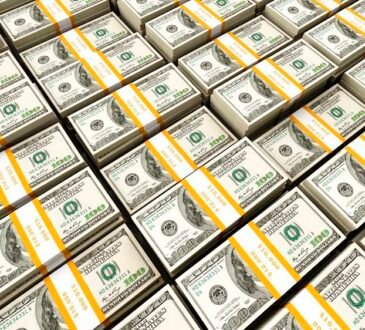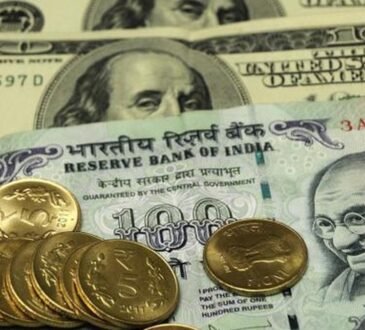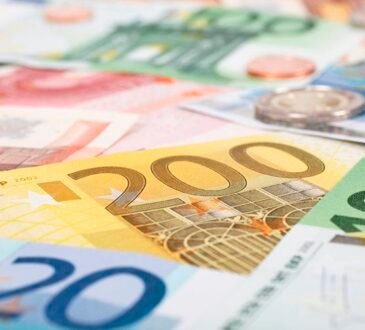Argentine President Javier Milei announced on Saturday the government will start “placing U.S. dollars in the market” to absorb pesos and stop inflation, amid a crisis that raised the informal exchange rate to AR$1,500 per dollar, its highest value on record.
The measure is part of the government’s plan announced two weeks ago to close all “peso emission faucets.” In this particular “faucet,” Milei said, pesos are issued when the Central Bank buys U.S. dollars for its international reserves. The government will now aim to buy back those pesos in the financial market by selling its dollars.
“If I close all emission faucets, the [inflation] problem is over,” Milei said in an interview with the La Nación + TV station he gave from Sun Valley, Idaho, where he is attending an investors convention. “We have closed faucets like the the fiscal deficit and interest-bearing liabilities; on Wednesday we closed the puts faucet and now we are going to close the external sector.”
He called this stage “zero emission,” adding that he was going to produce a “super scarcity” of pesos.
“We are going to tighten monetary policy.”
Economy Minister Luis Caputo confirmed on X that the government will sell U.S. dollars in the blue-chip swap market. “As we have been saying since January, the peso will be scarce and in demand, since taxes will continue to be paid in pesos,” he wrote.
Milei also said there was no reason to “panic” regarding the recent surges in the parallel U.S. dollar rates, adding that the fact that they are rising while the government is purchasing dollars is an “anomaly.”
Although the Central Bank is buying dollars, it is doing so at a much slower pace than in previous months. According to consulting firm Ecolatina, daily purchases average US$20 million, which is “well below the numbers seen in April (US$170 million) or even at the end of May (US$70 million).”
In a report published on Friday, the consulting firm stated that net reserves are currently negative US$3.7 billion, adding that the recomposition of the Central Bank reserves has “stagnated.”
“Foreign currency supply rests almost exclusively on the liquidation of the agricultural sector,” the report said. The Cereal Exporting Centre and the Argentine Chamber of the Oil Industry reported bringing in the same amount of dollars in the first half of 2024 as in the same period of 2023, when the country was going through a historic drought.
And while some analysts speculated that Milei’s decisions could signal the fact that he has closed a deal to receive U.S. dollars from abroad, others were highly critical of the new measure.
Financial analyst Christian Buteler said that selling U.S. dollars in the blue-chip swap market to contain the gap between the official and the parallel rates is the same thing the previous administration did. “Far from seeking a free exchange rate, there is more and more intervention,” he wrote in a post on X.
Analyst Amical Collante said the objective of accumulating reserves “loses priority” with the Central Bank now set to start selling U.S. dollars.
“The bond market will not take it well on Monday,” he said.





